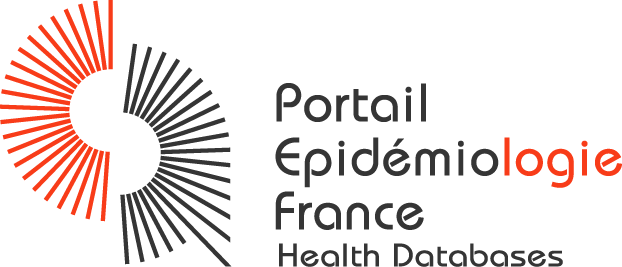The catalog contains the description of the main databases in public health in France
 ITMO public health
ITMO public health

April 09 2015
General objective: to study genotype-phenotype correlations Secondary objectives: - to study morphofunctional correlations - to identify new functional or morphological markers - to research predictive signs of progression.
April 09 2015
To determine the risk of Parkinson's disease for farmers and individuals subjected to long-term exposure of phytosanitary products.
April 09 2015
Associated with the population census since 1954, the "Family" survey supplements the collection of demographic information in France (census and vital statistics). Its primary objective is to monitor the development of new family types through a retrospective questionnaire and biographical rebuilding the demographic history for generations. Each edition of this survey devotes a battery of questions to the study of a particular topic (female activity in 1982, child care in 1990, transmission of languages and dialects in 1999). Until the 1990 edition, the Family Survey was reserved for women (originally married women between 45 and 54 years old), then married women at least 65 years old and all women aged 18 to 64 years old, then men in prisons.
April 09 2015
General objective: to identify individual and environmental risk factors, notably air pollution, responsible for unplanned hospital admissions for elderly people. Secondary objectives: - to determine growth curves and other morphological parameters of reference adapted to Kabuki syndrome. - to identify clinical, biological and radiological symptoms of Kabuki syndrome and to determine their true frequency. - to identify complications of the disease to improve the care of patients with Kabuki syndrome. - to perform MRI Voxel based morphometry in a small cohort of patients to identify abnormal brain region distribution in comparison with case-controls.

The catalog contains the description of the main databases in public health in France

You wish to share the information about your database with researchers and experts in public health?
Partners - FAQ - Contact - Site map - Legal notices - Administration - Updated on December 15 2020 - Version 4.10.05